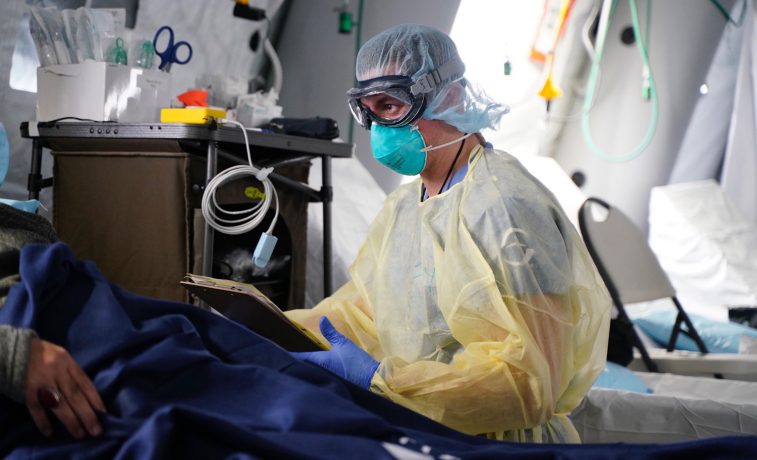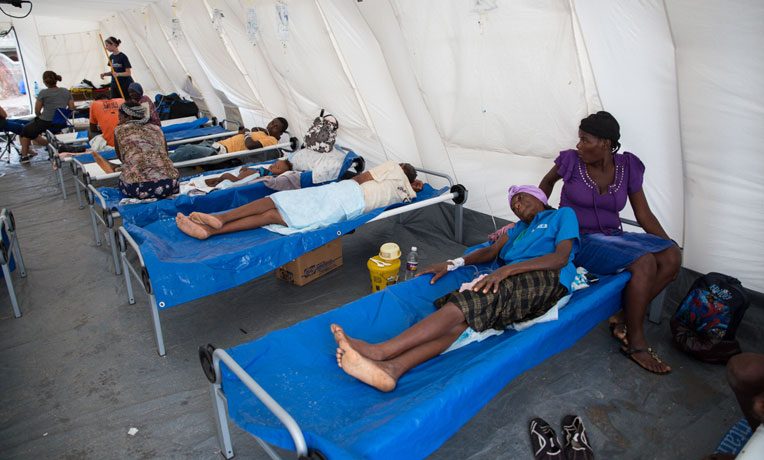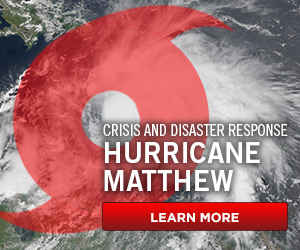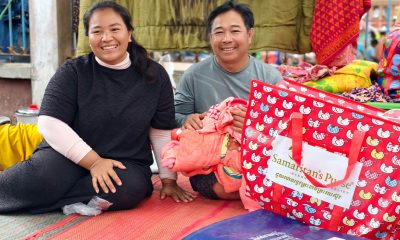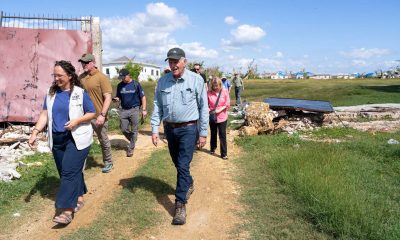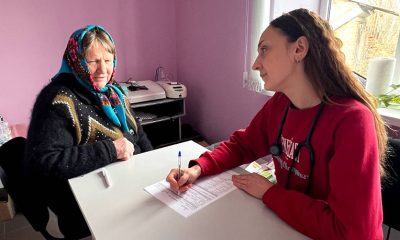Cholera comes with urgency. It’s critical that patients receive treatment immediately because severe cases can be deadly in just a few hours.
Brittany Barclay, a nurse from Charlotte, North Carolina, had never seen a patient infected with cholera until this week. Before arriving in Haiti she researched the disease in preparation for facing it head on, but said it’s so much different to see in person.
“The patients come in and they can’t walk, they can’t talk—they are pitiful. They have to be carried in on a stretcher and their eyes are sunk in. It looks pretty scary,” she said.
The amazing thing is that after just a few hours of treatment patients are sitting up, talking, and walking. Brittany described it by saying they “literally look like a new person.”
Dramatic turnarounds also stand out to Dr. Joe Lamb, who is not a stranger to this waterborne disease. He helped battle it during Haiti’s 2010 cholera outbreak, and returned after Hurricane Matthew to help the island nation fight it again.
“It’s a scary disease,” Dr. Lamb said. “But it’s very rewarding to treat because a simple treatment makes the world of difference.”
Cholera patients are given IV fluids, key electrolyte replacements, and sometimes antibiotics. These simple steps result in an amazing transformation. It’s a beautiful thing to see.
Roselaine Esperance brought her mother, Celina, to the Cholera Treatment Center in Chardonnieres this week when she began to show classic symptoms of the disease. The family was overwhelmed by the quality of care Celina received.
“If [the Cholera Treatment Center] had not been here, I’m not sure what I would have done or where my mom would be right now,” Roselaine said.
Each location where Samaritan’s Purse has established a cholera clinic is remote and difficult to access. For instance, three bridges along the route to Chardonnieres were washed away in the hurricane. This meant staff had to time their arrival with the water level to ensure the river was low enough to cross.
The second clinic high in the mountains is even more difficult to reach. The road leading to this mountain village was left completely impassible by the storm. Our medical equipment and tents had to be carried in by mules and porters, and staff hiked difficult terrain for nearly five hours to reach it.
These logistical challenges make Roselaine’s words ring even more true. When I consider how hard it was for our team to reach these areas, I realize it would be nearly impossible for a cholera patient to seek care if our clinics were not there. The treatment for cholera might be simple, but accessibility is not.
The last time I checked on Celina she was sitting up in bed and eating a bowl of rice—a dramatic improvement from the day she was admitted.
Samaritan’s Purse doesn’t shy away from the hard things. Whether it means off-roading through rivers or hiring a mule train, our teams are committed to reaching people in their time of need and sharing the hope of Christ. In the case of cholera, this commitment is the difference between life and death.
